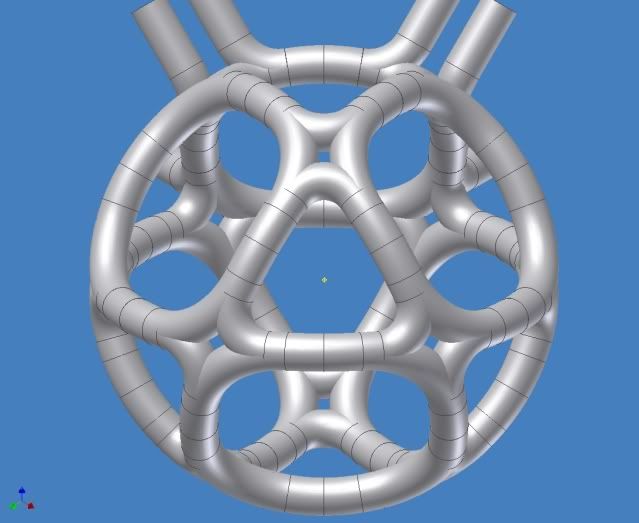I have calculated the forces repelling opposite coils in the Magrid and came up with frighteningly large numbers. I used my best guess at WB-100 parameters and a formula from Wikipedia, here:
http://en.wikipedia.org/wiki/Magnet
Quoting the formula I used.
Force between two bar magnets
The force between two identical cylindrical bar magnets placed end to end is given by:[15]
F=\left[\frac {B_0^2 A^2 \left( L^2+R^2 \right)} {\pi\mu_0L^2}\right] \left[{\frac 1 {x^2}} + {\frac 1 {(x+2L)^2}} - {\frac 2 {(x+L)^2}} \right]
where
B0 is the magnetic flux density very close to each pole, in T,
A is the area of each pole, in m2,
L is the length of each magnet, in m,
R is the radius of each magnet, in m, and
x is the separation between the two magnets, in m
B_0 \,=\, \frac{\mu_0}{2}M relates the flux density at the pole to the magnetization of the magnet.
Note that all these formulations are based on the Gilbert's model, which is usable in relatively great distances. In other models, (e.g., Ampère's model) use a more complicated formulation that sometimes cannot be solved analytically. In these cases, numerical methods must be used.
Code: Select all
Magnetic forces on the Magrid.
Coil strength, B = 4 Tesla
Magrid radius, r = 2 meters Pole area, A = pi * r^2 12.56637061 m-square
single coil length, L = 0.4 meters
Single Coil Radius, R = 2 meters
Magnet seperation, x = 4 meters
Permeability, Mu = 1.25664E-06
Force is calculated by formula, Force =
First Bracket F term = 16640000000
Second Bracket terms = 0.0625 0.043402778 -0.103305785 sum = 0.002596993
F = 43213957.76 Newtons
4.32E+07 Newtons 1 newton = 0.101971621 kilogram-force
4.41E+06 kilogram-force
Coil Length, pi() x d = 12.56637061 meters
F_rate = 3.44E+06 Newtons/meter
3.51E+05 kg-force/meter
I would like to look at the repulsion forces for the whole Magrid, with contributions from the adjacent magnets, and perhaps even considering plasma pressures as well, but I fear that is a numerical calculation problem far beyond my poor abilities.
